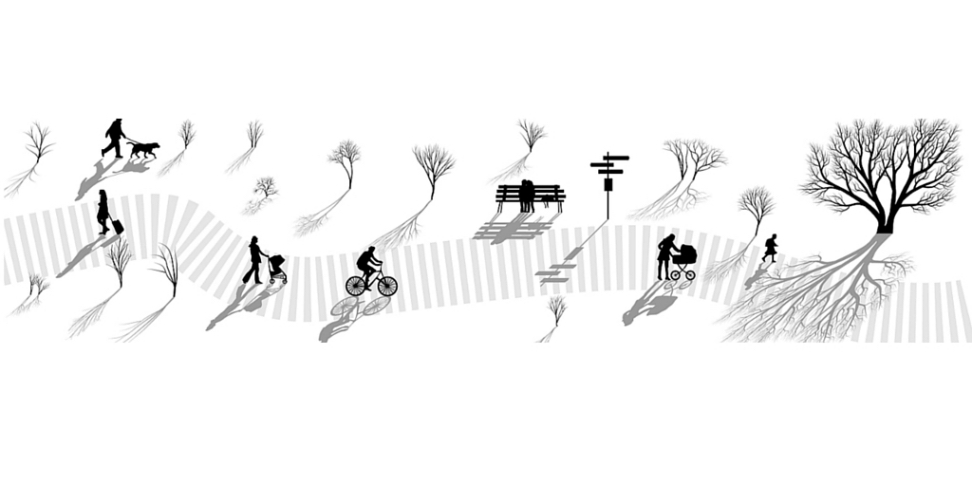Vignette – how to on foresight – modules of goodness
MODULARIZE OUTCOMES–KEEP THE GOOD AND DEAL WITH THE BAD
Throwing the baby out with the bathwater is a self-defeating reaction to negative outcomes. Organizations need to think in degrees of gray. They require an ability to sort thinking into modules, and know what to keep, what to get rid off, and what to deal with immediately. For example, when a product is launched and fails, the organization should aim to understand the components of this failure. When the root causes of a failure, or a success, are understood, it becomes clear that what actually failed or succeeded were discrete elements of the process. This learning enables the organization to preserve and build on valuable information or experience–which is present even in a disastrous initiative–not throw it away because it was part of a larger failure.
Key steps
When assessing an activity, the first step is to identify and assess modules in the larger activity. What were the key elements or actions? Next, interview the decision-makers and other active participants representing each of the modules. The analyst can help build a constructive culture into the interview process by making clear how the information will be used going forward.
Next focus on the modules that appear to contain the issues, and build a deeper understanding of what actually happened. For example, was the market not mature enough? Were the technologies not mature enough? Which ones? Was this offering too much, too soon? Was the organization unprepared to support it? Was the ecosystem not ready for it?
Analysis of the interview results can be sorted into the “good” and “bad” modules, and communicated to the organization. Thus, the entire activity does not to be deemed a failure. Conversely, even successful activities will have their dysfunctional or “bad” elements that can provide opportunities for learning.
A better approach, of course, is to avoid getting into the situation in the first place through greater understanding of the market fundamentals of and organizational readiness. What is emerging in the organization’s external context? What is shifting in the ecosystem? How are technologies shifting? What else is changing? It is not as simple as knowing it all and hence making all the right decisions. It is more about knowing more, and hence making wiser decisions, about the key alternative directions possible and their potential outcomes.
Benefits
The benefit of “keeping the baby” is preserving the good and learning from the bad, which can help the organization gain benefits from good modules sooner than others do and avoid pitfalls that others may experience. The downside of not doing this well is that the repercussions tend to be huge. Misunderstandings abound, and people draw all kinds of wrong conclusions and use those in their decision-making, to the detriment of activities to come. The activity is forever viewed through a myopic lens of failure/success, which can kill benefits that would be clear to those with a broader outlook.
Example
An example is the Apple Newton. The Newton was a pioneer of the “do-it-all” personal digital assistant (PDA), and defined many aspects of future PDAs. Yet Apple stopped its production in 1998. Post-mortem, the market’s actions and numerous articles on the event suggested that Apple made a huge deal of the failure internally, burning many of the people involved. Once burned, twice shy: it became difficult for anyone at Apple to propose anything similar. The baby was tossed out with the bathwater!
What really happened? At Apple’s core is a simple premise of user-friendly products, quality design (technical and industrial), and good purchasing experience. What was lacking in the organization’s processes to enable it to understand the market better and handle the failure better? Judging by the “toss the baby out with the bathwater” framework, there was no module analysis designed to transparently keep the good from the experience and learn from the bad.
Now, the iPod brings new hope. The iPod represents many elements that could have been learned from the Newton project. Did Apple conclude that Newton was too much, too soon, not connected enough to the ecosystem providers, and based on immature technologies–and use that knowledge to strip the iPod down to a palm-size simple solution?
Further reading
Kahney, L. (2002, August 29). Apple’s Newton Just Won’t Drop. Wired.
Marsh, N., McAllum, M., and Purcell, D. (2002). Strategic Foresight: The Power of Standing in the Future. Melbourne: Crown Content.
This vignette [1 of 6 I wrote] first appeared in “Thinking About the Future: Guidelines for Strategic Foresight”, edited by Andy Hines and Peter Bishop, published in 2006
My tweets
Posts on…





